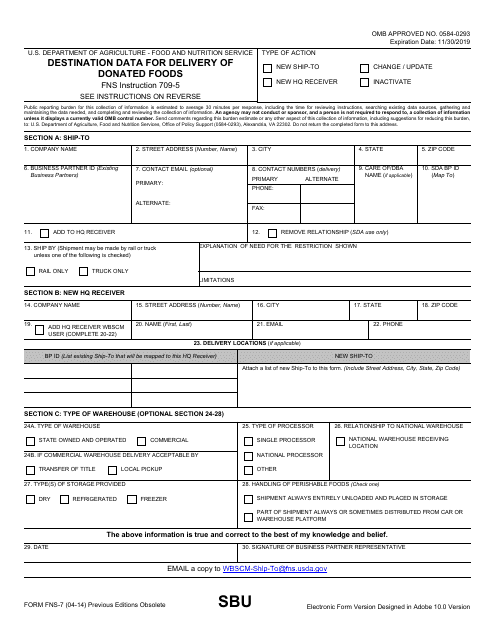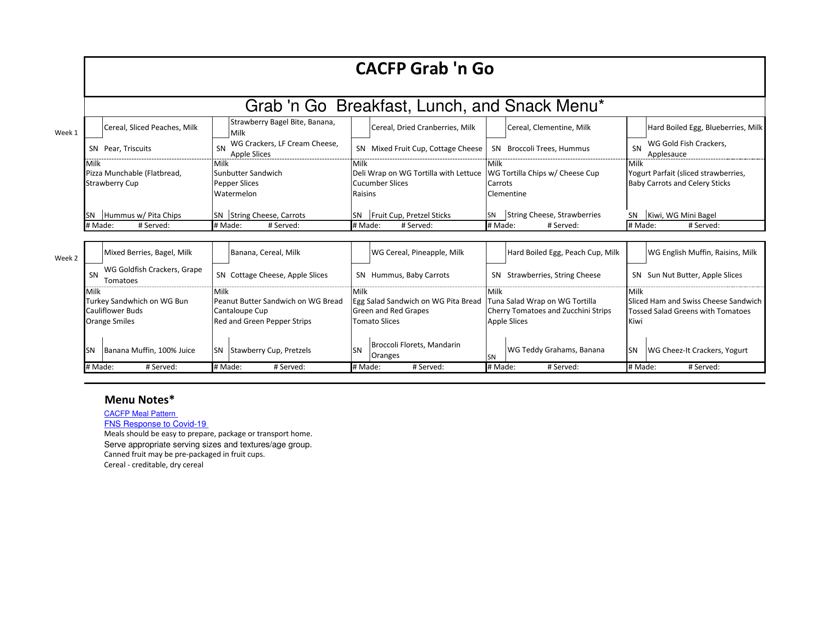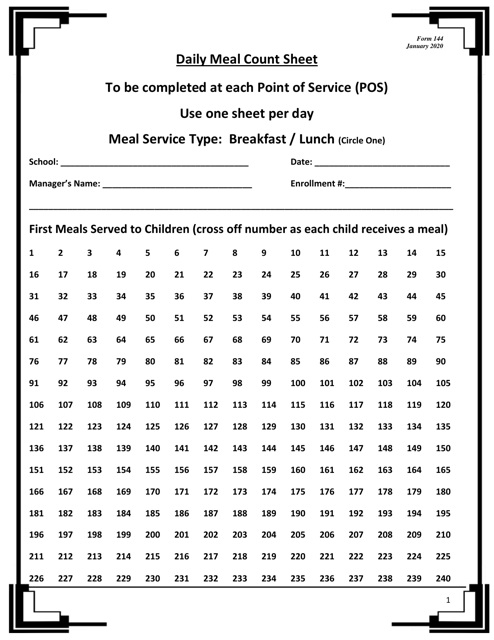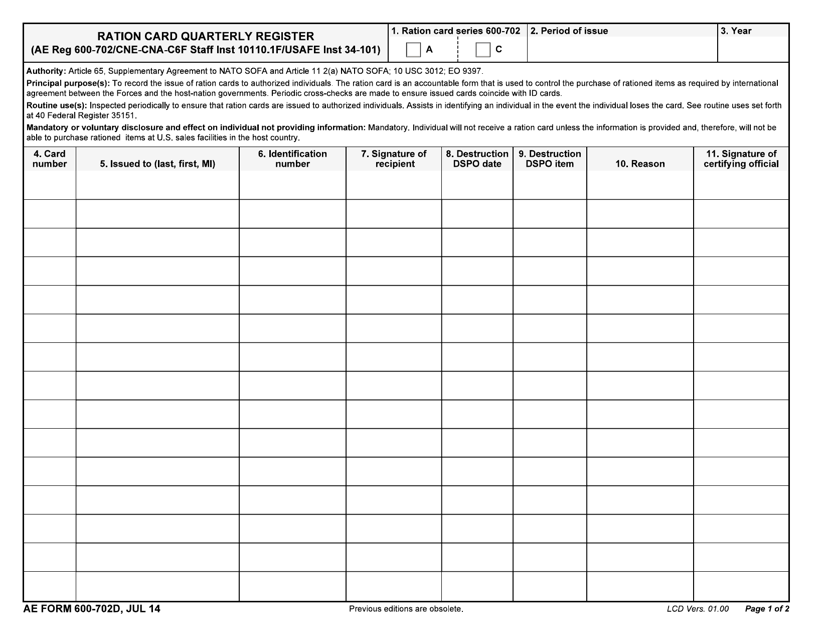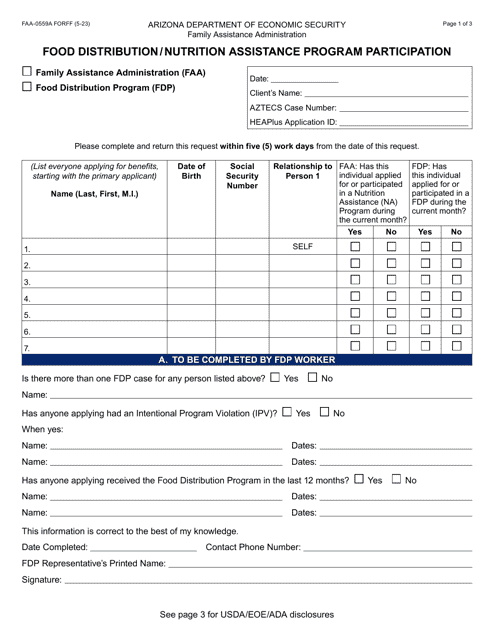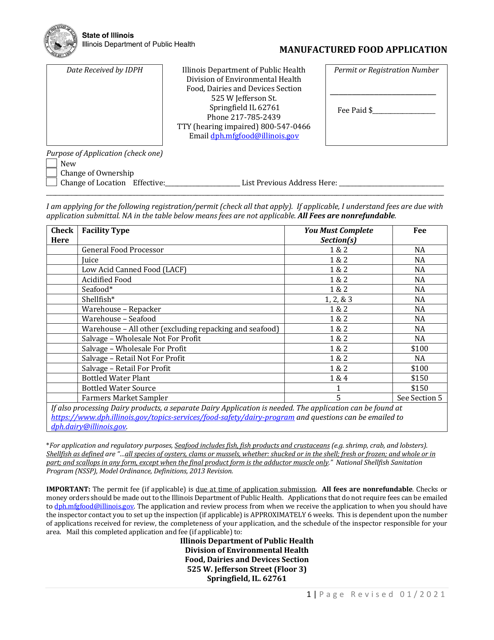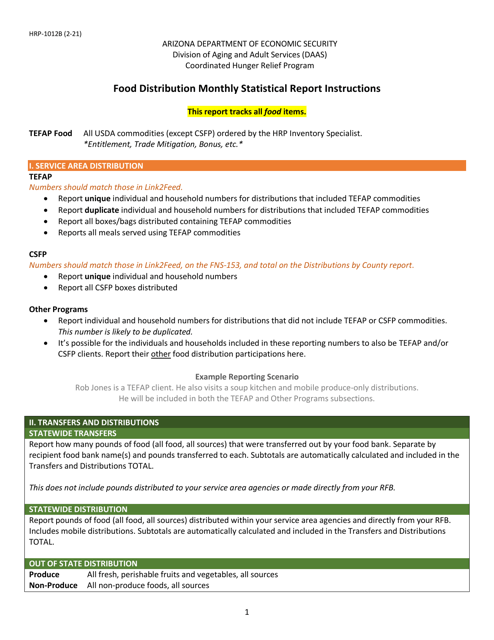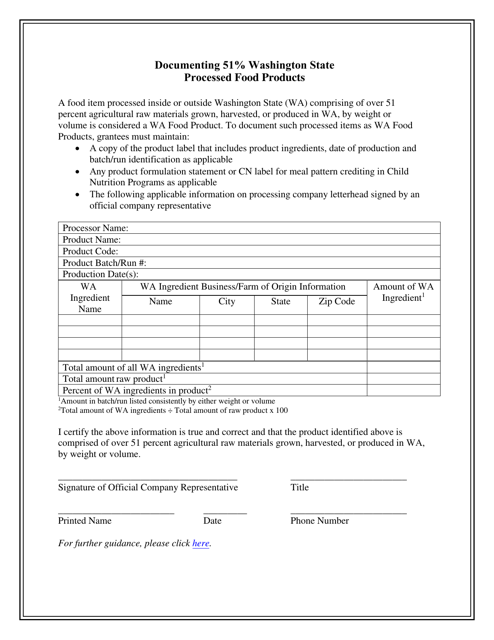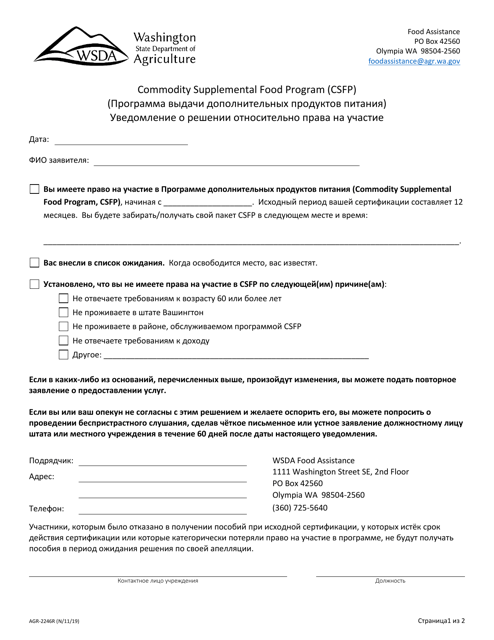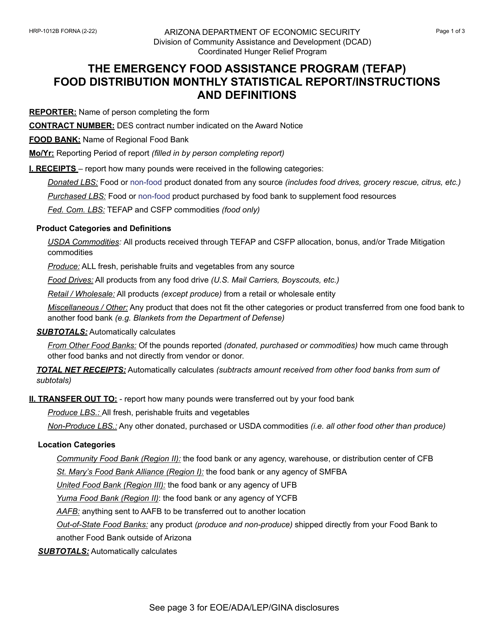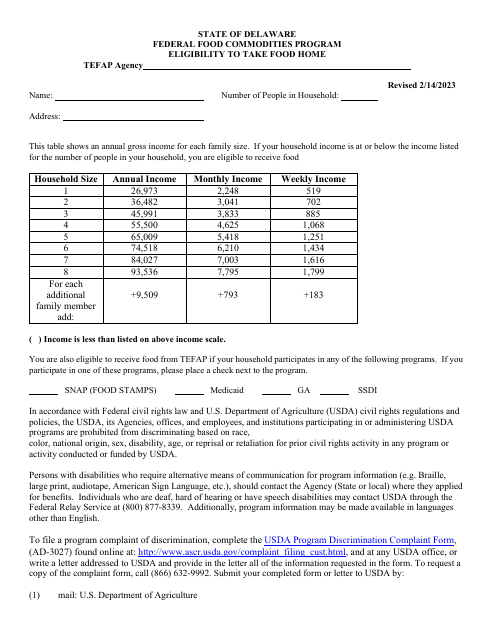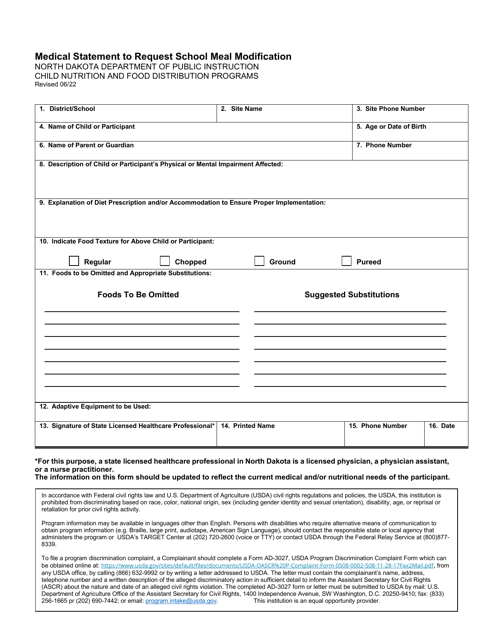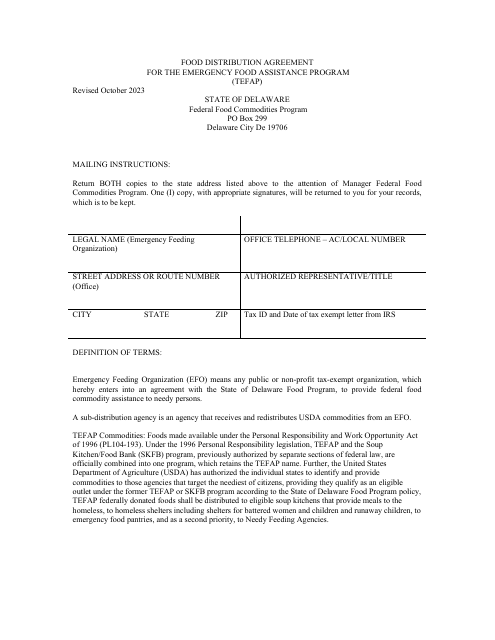Food Distribution Templates
Food distribution plays a crucial role in ensuring that communities have access to an adequate and nutritious food supply. Whether it's support for a country-wide food distribution program, providing meals for children through the CACFP Grab 'n Go initiative, or managing the distribution of food through programs like the Commodity Supplemental Food Program (Csfp), there are various documents and forms that help facilitate the process.
One such document is the Application for Funding, which enables organizations in Nunavut, Canada to request financial assistance for their country food distribution program. This form ensures that resources are allocated effectively to reach those in need.
In Iowa, the CACFP Grab 'n Go program allows schools and daycares to provide nutritious meals to children. There may be specific documents related to this initiative, such as guidelines, reporting forms, and meal count sheets, to ensure compliance and accurate tracking of the meals provided.
For the Commodity Supplemental Food Program (Csfp) in Washington and other regions, there is a notification of eligibility determination form (AGR Form 2246) that assesses an individual's qualification for the program. This form helps streamline the process and ensure that those who meet the eligibility criteria receive the food support they need.
Another important document is the monthly statistical report for The Emergency Food Assistance Program (TEFAP) - also known as Form HRP-1012A - in Arizona. This report provides vital data on the food distribution activities carried out by TEFAP, giving insights into the program's impact and areas of improvement.
These documents, forms, and reports are essential for effective food distribution efforts, ensuring that food reaches the right people at the right time. They facilitate the coordination, tracking, and evaluation of various food distribution initiatives, helping to address food insecurity and promote nutritional well-being in communities.
Whether you are an organization involved in food distribution or an individual seeking assistance, understanding these documents and their importance can help navigate the process more efficiently and ultimately contribute to a more equitable food distribution system.
Documents:
18
This form is used for tracking the disposal of food and other subsistence items within the military.
This form is used for collecting destination data for the delivery of donated foods. It helps to track and organize the distribution of food donations.
This application form is used for applying for funding for the Country Food Distribution Program in Nunavut, Canada.
This document provides information about the CACFP Grab 'n Go program in Iowa. The program offers meals to children in a convenient and accessible way.
This form is used for keeping track of the daily meal count in New Jersey. It helps organizations and institutions monitor the number of meals served each day.
This type of document is used for maintaining a record of quarterly rations issued on ration cards.
This form is used for reporting monthly statistics on food distribution in Arizona. It provides instructions and guidelines for completing the Form HRP-1012A.
This document is for documenting processed food products that are made in Washington State and make up at least 51% of the product.
This document is used for notifying eligible individuals about their participation in the Commodity Supplemental Food Program (CSFP) in Washington. It is specifically for those who speak Russian.
This Form is used for reporting monthly statistical data on food distribution for the Emergency Food Assistance Program (TEFAP) in Arizona.
This form is used for requesting a modification to school meals due to medical reasons in North Dakota.


